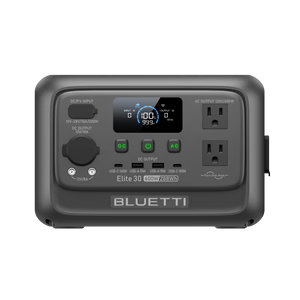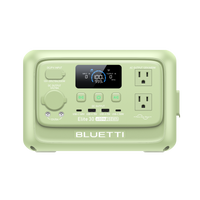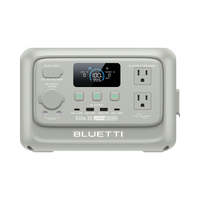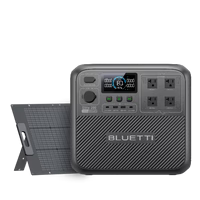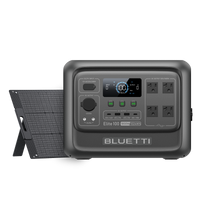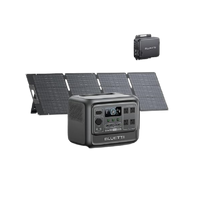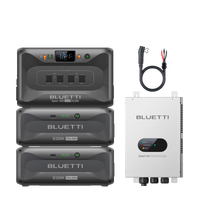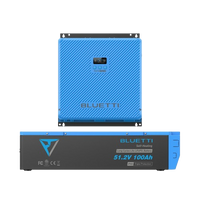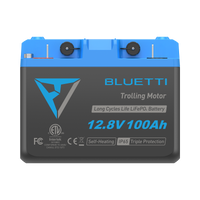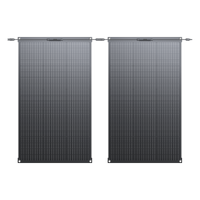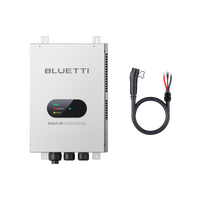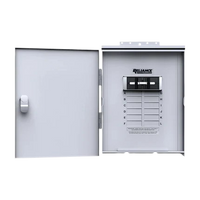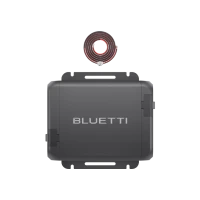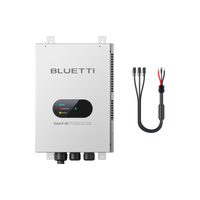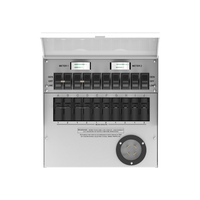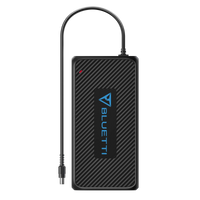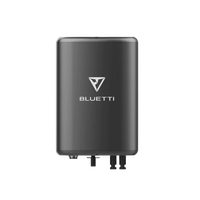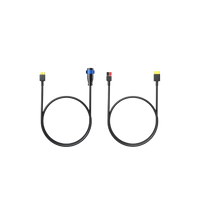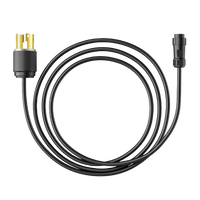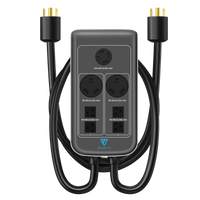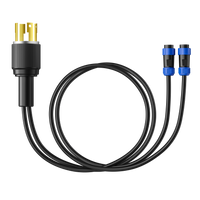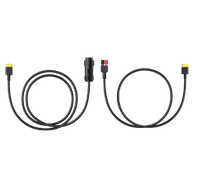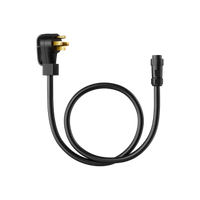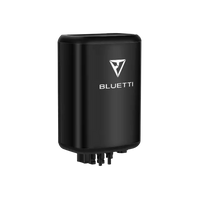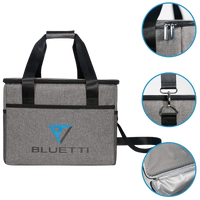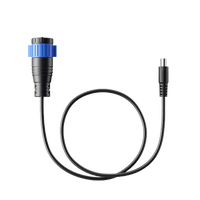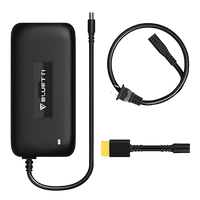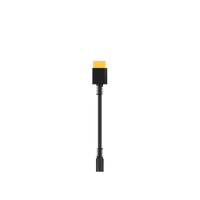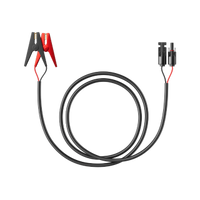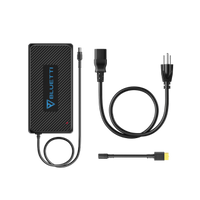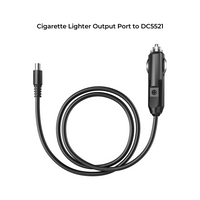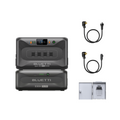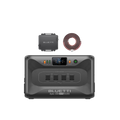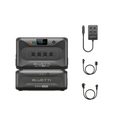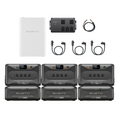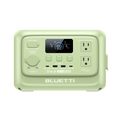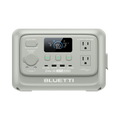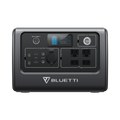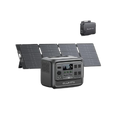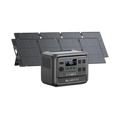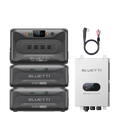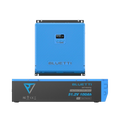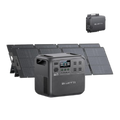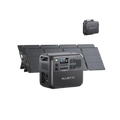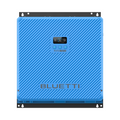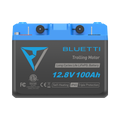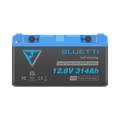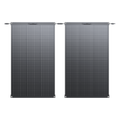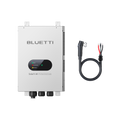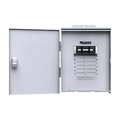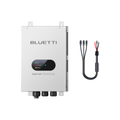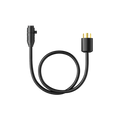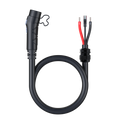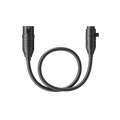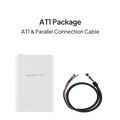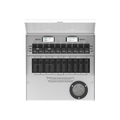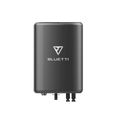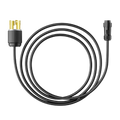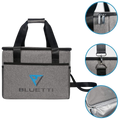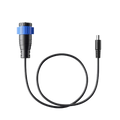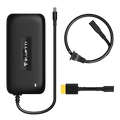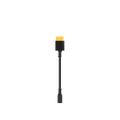Being aware of household energy utilization is pivotal. Knowledge of the same is important not just for the environment, as reduction of energy consumption can dramatically reduce our carbon emission, but also for monetary matters; energy-saving appliances can make a significant mark in reducing the bills on the electricity front. One such often-used appliance is a washing machine. This piece will review the details that regard this appliance's use of power. These include the cost, and how a person can cut down on the bills.
How Many Watts Does a Washing Machine Use?
Power consumption in a washing machine highly varies with the model and the extra features present. Generally, washers consume between 400 and 1,400 watts of electricity. This variance is mainly due to factors like the size of the machine, the technologies a machine uses to clean clothes, and energy efficiency. For instance, front-loaders generally use much less energy than top-loaders, and high-speed spinners often extract more of the water from the clothes so that they require much less time and energy to dry.
The energy use of appliances will be in the combination of the voltage and amperage; you should be able to get these from the yellow EnergyGuide sticker on your washing machine. This label may also carry crucial information. These include the equipment's estimated annual electricity utilization and operating cost. The details can assist you in an educated decision when you go to purchase a new device.
How Much Electricity Does a Washing Machine Use?
In the usage frequency of the washing machine level, the power rating is directly proportional to it. The different methods of laundry call for a different usage of the washing machine in respect to the level of energy used. For example, considering one with its power rated at 900 W and is used once in a week, it calculates down to be 0.9 kilowatt-hour/ week, 3.9 kilowatt-hour/month, and 46.8 kilowatt-hour/year. This result showed that if identical equipment were used three times a week, the quantity would be 2.7 kWh/week, 11.7 kWh/month, and 140.4 kWh/year.
And if it is used daily, then it comes out to be 6.3 kWh/week, 27.3 kWh/month, and 327.6 kWh/year for the 900 W option. This is based on the assumption that each wash is one hour long. However, a wash cycle can take a time of dissimilar length according to the selected settings concerning the wash program and temperature, so the total energy usage would also be affected.
How Much Does It Cost to Run a Washing Machine?

The expense is pivotal. It can be a pretty good portion of your monthly electric bill. Based on average wattage of 900 W for washing machines, running it three days a week sums up to 140.4 kWh/year. At state average electricity rates, it costs an average of $1.66 to run a washer for a month and $19.92 for a year. These costs will vary based on the electricity rates for your local area and the exact energy efficiency of your clothes washer.
These costs can be further reduced due to the cost-effective efficiency measures used with a clothes washer, such as running the machine with only full loads, or at lower temperatures for water. Many utilities have adopted the Time of Use approach. These, TOU rate plans, involve where the bill is varied for the time of day. For example, running your equipment during off-peak hours is recommended. This is when rates are lower, meaning you can cut down more cash on bills.
Can You Save Money with Solar Panels?
These tools are indispensable. It is a perfect way to offset the running cost of appliances, such as a washing machine. The amount saved due to using solar panels greatly varies for reasons such as solar irradiation in your area, the size and efficiency of your solar panel system, and local electricity rates. On average, a homeowner can save between $10,000 to $30,000 in a solar panel system's lifetime.
The payback time for solar panels is usually 7–8 years, after which one can enjoy almost free electricity. Additionally, it increases the value of one's home, which becomes more attractive when selling. They also contribute to less greenhouse gas emissions, hence counter acting the impacts of climate change. Recommended panels include:
BLUETTI PV200

This high-efficiency and lightweight portable solution comes for your solar power needs. It is designed to harness sunlight and convert it to solar power effectively, even during bad weather, with a high efficiency of 23.4%. The monocrystalline solar cells will ensure top performance in the conversion of energy. Besides, the design of the panel will set up easily with its kickstand, enabling you to have the perfect angle for optimum sunlight exposure.
More impressively is how well it does in recharging times for models under BLUETTI, making it a great companion for your solar generators. It is rugged and protected by an ETFE coating and an IP65 junction box that will protect against scratches and water splashes, making it a perfect companion for outdoor activities like camping, fishing, and hiking. But it is not supposed to be directly exposed to rain or soaked in water.
BLUETTI PV350

It's a reliable solar power option, making it an inexpensive source of renewable electrical energy. Being foldable and portable, it can easily be moved and set up anywhere. Advanced laminated technology and the surface of the long-life ETFE material provide durability, light transmittance, and scratch resistance to this panel. Besides, it can quickly be cleaned. This is made possible with a damp cloth.
It's IP65 water-splash resistant. But it is not advised to put it under the rain or soak it in the water. Also, with a very high 23.4% efficiency, the conversion rate is very high. In addition, the fixed four stands help to maximize the panel use. Lastly, the PV350 has an MC4 connector at its back, which makes it highly compatible with most solar generators in the market, especially BLUETTI models.
Will a Generator Run a Washing Machine?
Most of the popular home batteries, including lithium-ion batteries, have a power rating of 4-5 kW or greater and a usable capacity of 10+ kWh. Most batteries are thus by themselves sufficiently suitable for backing up your washing machine, which takes 500-1,400 W (0.5-1.4 kW) of power at any one time. Aside from just providing backup capabilities, some home batteries also allow you to save excess solar produced by your solar panels; this way, you draw even less power from the grid and save further on your electricity bill. The recommended solar generator include:
BLUETTI AC500+B300S+2*PV200

It is a powerful solution for many of the power needs one might have. This tool touts a 5,000W rated output and 10,000W surge capacity for numerous gadgets and applications in use.
It draws its power from the highly reputed long-life and reliable LiFePO₄ technology. The setting of the capacity is very flexible, all the way to a whopping 3,072 Wh to 18,432 Wh. This makes this system very adaptive to different energy requirements. The battery has over 3,500 life cycles to 80%, which implies very many years of dependability in use.
Besides, this system boasts one of its most outstanding features in connectivity. It can operate with both WiFi and Bluetooth; thus, it can be controlled via an APP. This feature is quite convenient for a user because it will allow one to manage their power usage remotely.
In addition, this system offers six different methods of recharging: hence, convenience and flexibility in use. You always have a method of keeping your system powered up, either when at home or when you are out.
Featuring 16 outlets, the model is easily one of the most versatile power devices on the market. These outlets will easily be able to support up to 99% of all gadgets—the system is truly universal.
Aside from the many exciting features, the system also has a UPS home backup system working 24/7, ensuring you have power throughout power outages.
It has a 4-year warranty clause, which makes the user have peace of mind. This is a warranty that testifies to the quality and durability of the system. The system is further equipped with PV200s, which are very effective and relatively tough, thereby ensuring the user of a reliable supply of solar power. Moreover, the provided PV200s are compatible with most solar generators that use MC4 connectors, thereby making them quite versatile for use with any solar power setup.
Do Washing Machines Take a Lot of Electricity?
Normally, it uses between 400-1400 watts. However, this depends on the model. Most options use from 5 to 15 amps and plug into a 120-volt outlet. But electricity consumption for washing over some period depends on how much one runs it. The ways to reduce this electricity consumption are: wash in cold water, use optimum quantity of detergents, and have the machine regularly maintained to have all parts work efficiently.
Final Thoughts
Knowing how much energy a given appliance in the house consumes is the first line towards a more sustainable and cost-effective household. Being able to understand how much electricity the washing machine uses, then, it will be possible to make such critical decisions in terms of energy usage, hence possibly informing future energy sources, such as solar panels. Remember, going solar is one of the best ways you can save or remove your electric bill, and you want to make sure you are getting several quotes from reputable installers before making a commitment. As we work toward a more sustainable future, every bit of energy saved contributes. In conclusion, the upfront costs for energy-efficient devices and solar panels might be high, but the long-run savings and environmental benefits will make the investments truly worthwhile.






